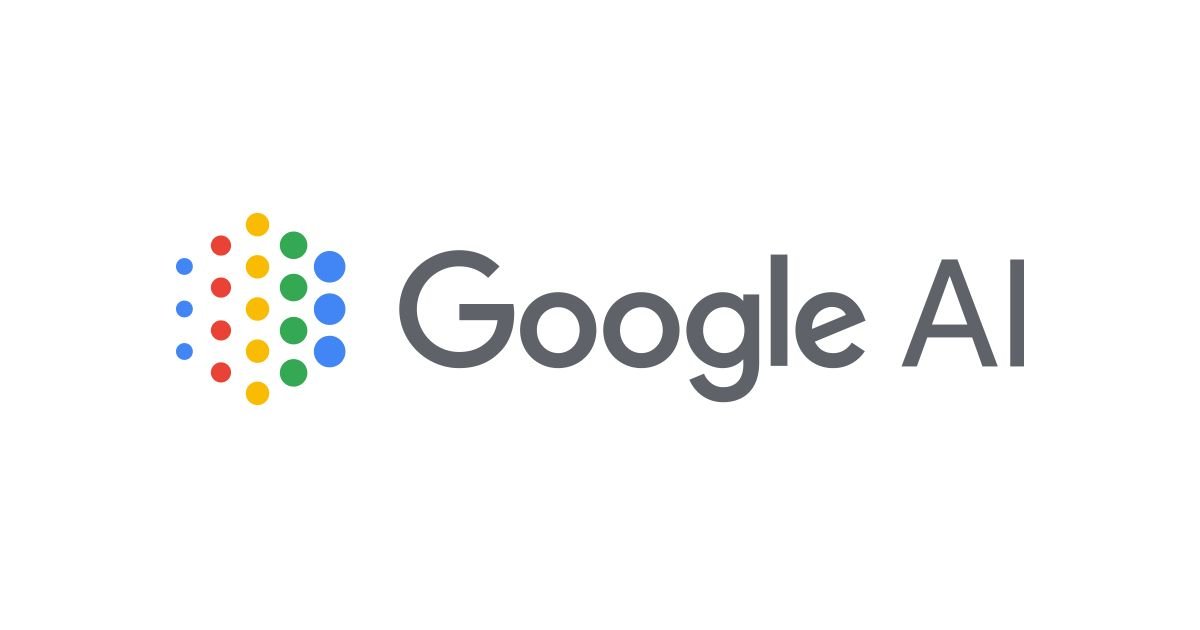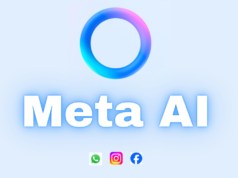The introduction of Google’s AI Overviews has sparked significant concerns among digital publishers, prompting a reevaluation of their revenue strategies. Unveiled at Google I/O 2024, this generative AI feature is designed to provide users with quick summaries of search queries, potentially reducing the need for users to visit external websites. This shift could have far-reaching implications for publishers who rely heavily on web traffic to generate advertising revenue.
Impact on Digital Publishers
Google’s AI Overviews aim to answer users’ queries directly within the search results, which may diminish the click-through rates to publishers’ websites. This reduction in traffic poses a direct threat to the advertising revenue that many publishers depend on. High-traffic websites, like those owned by Dotdash Meredith and Red Ventures, might be better equipped to handle these changes compared to smaller publishers with less organic traffic.
Revenue and Traffic Concerns
The primary concern for publishers is the potential decline in web traffic. Google’s search engine has been a critical source of traffic for many websites, driving billions of dollars in advertising revenue. With AI Overviews providing concise answers, users may find less need to click through to detailed articles, leading to fewer page views and lower advertising revenue.
Google’s Position and Publisher Responses
Google defends AI Overviews by claiming they enhance user experience and still encourage engagement with underlying content. According to Sundar Pichai, CEO of Google, AI Overviews help users understand complex queries better and lead to higher click-through rates for the links included in these summaries. However, many publishers remain skeptical, noting that any reduction in direct traffic could harm their business models.
Legal and Legislative Implications
There is also a potential for legal and legislative responses. Publishers and governments might push for compensation for the content used by AI systems. Similar to the News Media Bargaining Code implemented in Australia, such measures could compel digital platforms to negotiate content deals with media outlets. However, the effectiveness of such regulations remains uncertain, and the outcomes of ongoing lawsuits related to AI content use are still pending.
Adapting to the New Landscape
To navigate this evolving landscape, publishers may need to diversify their revenue streams and explore alternative monetization strategies. Developing direct relationships with readers through subscriptions, memberships, and premium content could mitigate the impact of declining ad revenue. Additionally, forming strategic partnerships and licensing agreements with AI platforms might offer new revenue opportunities.
Google’s AI Overviews represent a significant shift in how information is delivered and consumed online. While the feature aims to enhance user experience, it poses substantial challenges for digital publishers reliant on web traffic for revenue. As the digital landscape continues to evolve, publishers will need to adapt and innovate to sustain their businesses in an AI-driven search environment.


















